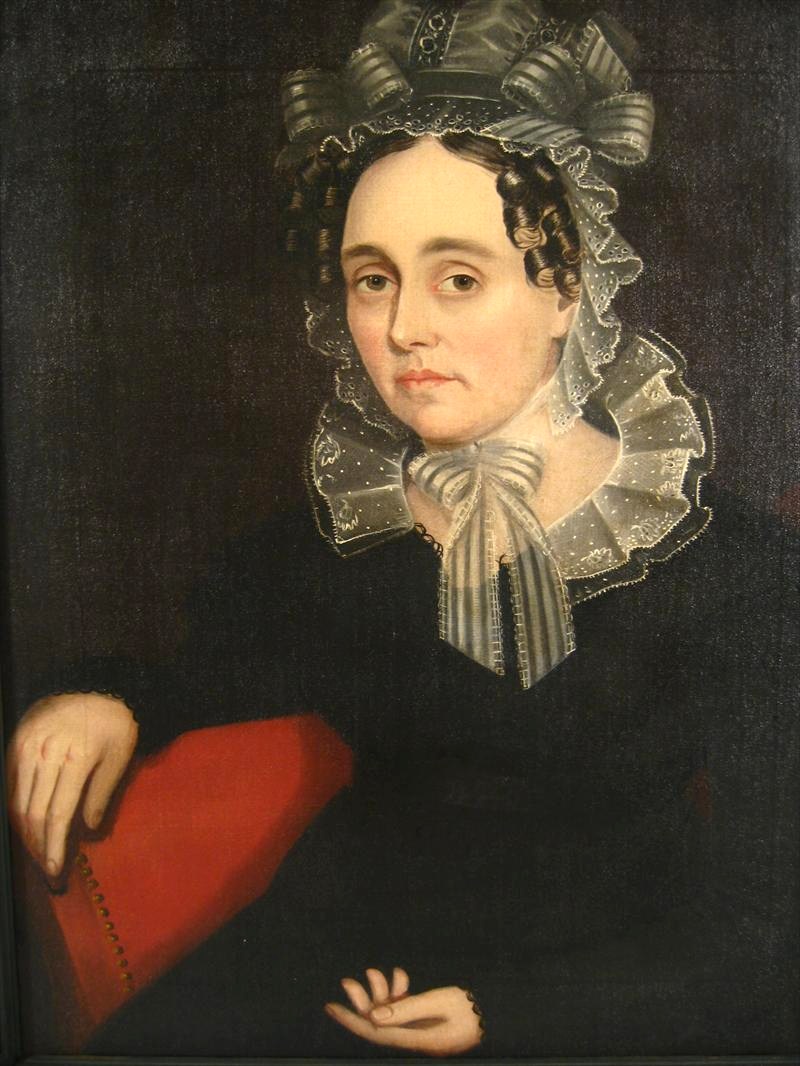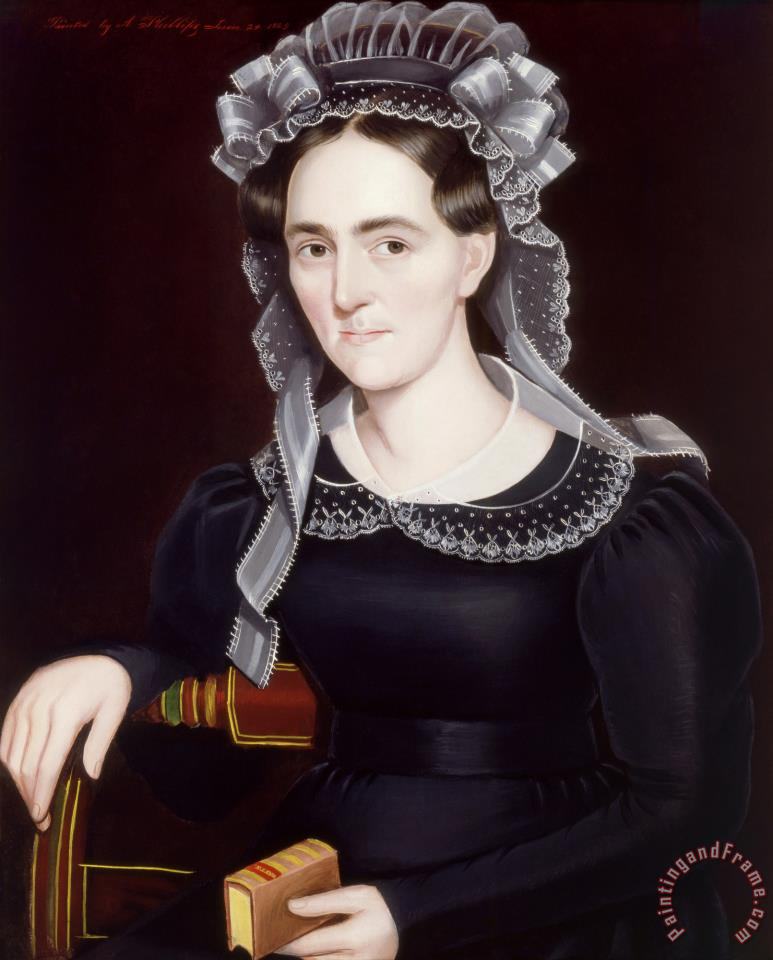I am doing a bit of research on “primitive” American portraits and enjoying jumping in with both feet. I was looking at limner painters and found Ammi Phillips ( April 24, 1788 – July 11, 1865), also referred also as the Kent Limner . I love the formats of the time that were de rigueur and am am collecting images to better understand and categorize them. Unfortunately, I will be torturing you with my findings.
Philllps was born in Connecticut and starting painting when he was young. Wikipedia says:
“He enters the documentary record as an artist in 1809, at the age of 21, with advertisements in both The Berkshire Reporter[3] and a Pittsfield, Massachusetts tavern[4] proclaiming his talent for painting "correct likenesses," distinguished by “perfect shadows and elegantly dressed in the prevailing fashions of the day.” Although Phillips also advertised his talent for "fancy painting, silhouettes, sign and ornamental painting,"[3] he soon specialized as a portraitist. His work satisfied the local standard, and within two years Phillips was receiving regular portrait commissions from community leaders in this area of western Massachusetts.[3]”
I find it interesting that he comes from a decorative background, silhouetting and stylish painting. Phillips was a practitioner of an expected style with his artistry being a plus. His figures reflect that paintings were made to be sn to illustrate how a member of the household would be remembered as a legacy as a justifying the privilege they chose to embrace.
Detail of the bonnet.
Part of Phillips’ props “kit of parts” included this highly ornate, organza, embroidered and beribboned bonnet that was placed on many customers for their portraits. What a silly, over the top bonnet—on all sorts of ladies from young, to old—with the bonnet telling us that this woman has married well (married women wore inside bonnets), and she spends her time doing lady’s work—reading, needlework. You will also note a common collar in three of the portraits—perhaps also pre-painted or part of the artist’s prop closet? The older lady (the first image) has a decorative ribbon which shows up in other portraits Phillips has painted.
As a limner, it almost suggests that these paintings were already set up in advance, and only the faces were painted live. Limners were itinerant painters, so to have pre-painted paintings made the transaction quicker as the faces were painted in…and on you went (leaving the paint to dry). Just a thought.
I am looking at other models to better understand this particularly American period of decorative art, portraiture and design. This seems to click with all sorts of things I love to bits.












